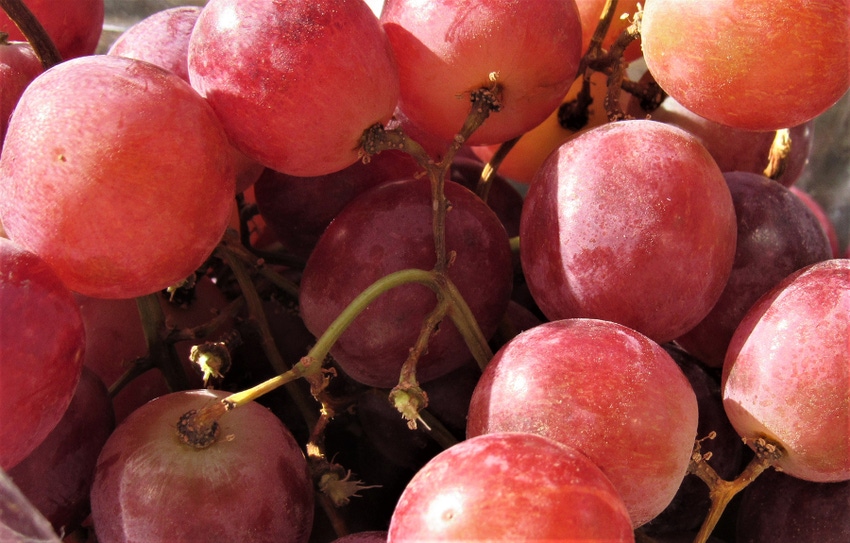
California’s fresh grape season begins in May and runs through January, so this is a busy time for Kathleen Nave, President of the California Table Grape Commission. But the endorphins have kicked in and she’s anxious to continue the commission’s effort to increase worldwide demand for her product.
Since the Commission was created in 1967, individual consumption of grapes has shot up from 1.7 pounds to today’s consumption rate of about 8 pounds of grapes per capita.
“Everything we do is designed to create demand, to get retailers to put more California grapes on the shelves and to get consumers to go to the store and ask, ‘Where are the California grapes?’“ she told California Ag News.
Speaking to Western Farm Press, Nave acknowledged that 2018 was a rough year. “The 53 percent tariff imposed by China on California grapes made last season a difficult one for growers with USDA data showing shipments to China, the third highest volume market for table grapes, down more than 50 percent.”
Preliminary final volume shipped was logged in at 116.8 million box units (with an average weight of 18.78 pounds).
“If you multiply those figures, you come up with an astronomical figure, billions of pounds,” she said. “In terms of volume, 2018 was a larger volume year than the prior four years, not a record, but the second highest volume year the industry has ever had. And although table grapes are thought of as a summer fruit, 65% of volume on average ships after September 1 - so we’re very much a fall and winter fruit too, because we often ship into and even after January.”
Although last year’s crop was later and larger than over the past four years, growers still had a tough time because of numerous compounding factors, one of which was the tariff that proved problematic in both expected and unexpected ways.
Compounding factors
“In the case of table grapes, the three top markets are China, Canada, and Mexico and the good news there, is that neither Canada nor Mexico imposed tariffs on product,” she said. “In the case of China, we knew we would ship less fruit and the price growers would be paid would be less in order to make up for the tariff. Because of the government shutdown, final numbers are still coming in, but we know the tariff had a big impact.
“The unexpected way in which the tariffs impacted not just grapes but competing fruits like cherries, berries, and tree fruits, the end result was that there were a lot of competing commodities trying to sell what they could to China and other Pacific Rim markets. And, where there wasn’t an export market, fruit stayed in the domestic marketplace, so competition for shelf space was also increased.”
Under normal circumstances, picking on the 425-member farms starts in late April or early May in Coachella Valley. Nave was unwilling to go out on a limb to predict a seasonal outlook, she said.
According to her, it’s too early to tell what the crop will be and when harvest will begin because of unpredictable weather between now and then.
“But my message to table grape growers going forward is this - the huge benefit grapes have in the marketplace is that consumers love them, they’re the fruit of choice for American and Canadian consumers and there’s lots of room to increase consumption of California table grapes.”
To increase that demand, “our marketing approach will be a refinement of past campaigns built on the concept of grapes as a healthy snack,” Nave said. “We’ll be working with nutritionists to capture the healthy retail component and provide incentives to retailers to get California table grapes on their shelves.”
Nave’s specific advice to growers was, “continue to do what you do best and that is to grow a quality crop because quality fruit is what the consumer will be looking for.”
For more news on pests, disease management and other issues affecting vineyards, subscribe to the bi-monthly newsletter The Grape Line.
About the Author(s)
You May Also Like




